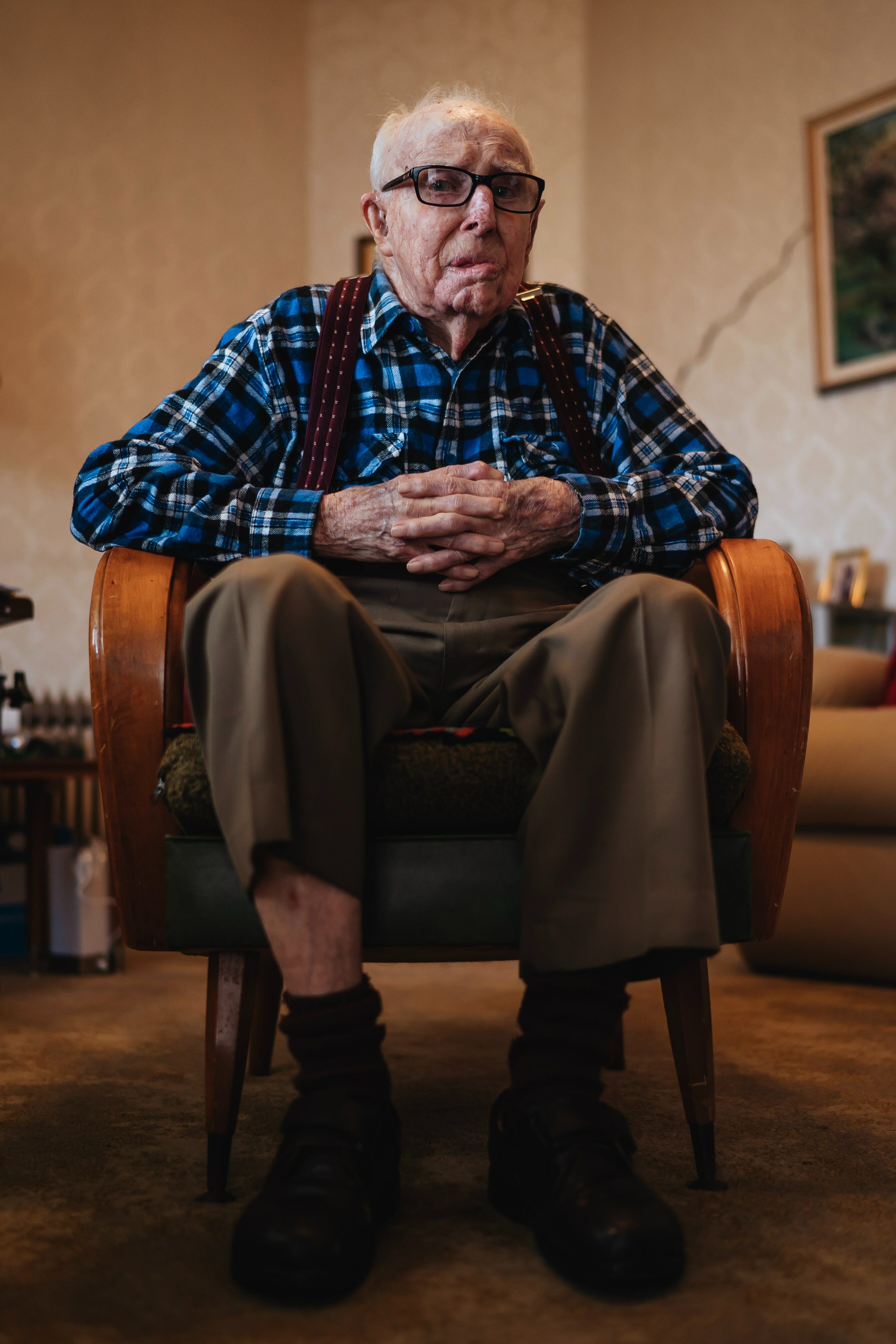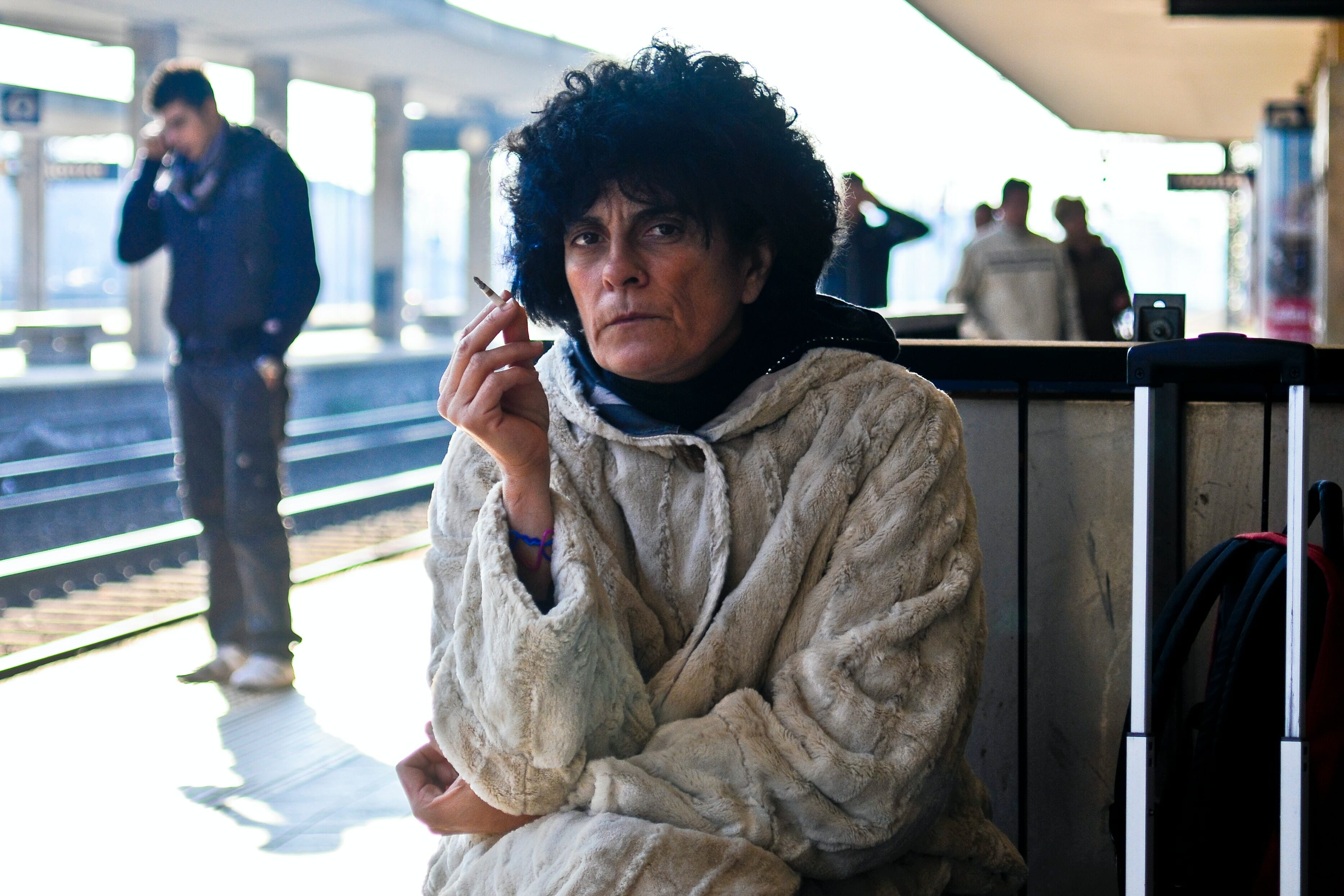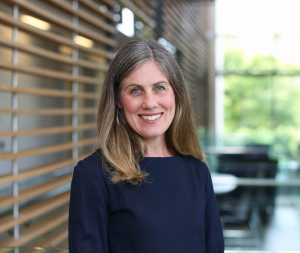Staying socially connected

“The biggest thing about getting old is just being ignored. The phone doesn’t ring as often and anyway you don’t have many exciting things to talk about because we don’t do as many things as we used to. We’re not invited to things like we used to be. My children don’t do it deliberately but I guess because of my age they think that I wouldn’t have fun, but you’re not even given the option to say, ‘No, I don’t want to go’. I find that is happening more and more…and COVID isn’t helping either.”
– Pat Weatherwall (story collected by Samantha Jagasar, student occupational therapist)
Humans are social creatures by nature, and this is a fact that remains true as we age. New roles may emerge, existing dynamics may change, and social circles may dwindle, but having a sense of community and meaningful connection is just as important as ever.
Relationships provide us with purpose, satisfy our need to love and be loved, and allow us to share thoughts, feelings, and ideas. They are crucial as a support network since we need to feel safe, visible, and respected, but also to reciprocate and give back to others. Research has shown that cultivating a strong social network is vital to maintain a high quality of life, and if neglected, debilitating conditions like depression, cognitive decline, and heart disease may follow. Of course, we are all individuals, and our social needs vary. Different personalities and even different cultures can dictate the degree of desired social activity.
We can face major obstacles to our social relationships. For some of us there may be a natural thinning of our social circles as old friends or family pass away or become difficult to reach. Also, as our bodies change attending social gatherings can become a challenge, not to mention our ability to perform in a social context (e.g., those living with hearing loss) or connect with people. Today’s cities, towns and rural settings are not always designed to accommodate the ways in which human bodies change over time. Changing uses of technologies (e.g., smart phones, online social networking and shopping) may work for some, but not for others who either lack the funds for expensive equipment or access to related learning opportunities.
Often less discussed is the importance of sexual and gender expression and identity as we age. This is an area of senior life that too often tends to be ignored or forgotten, yet it is for many a core component of satisfying needs like intimacy, affection, and connection.

In 2001, I suddenly became very ill and developed terrible stomach pain causing my colon to be removed. I compared this experience to being dead and people were there to attend my funeral. It was at this point that I had an epiphany. How many illnesses did I need to realize that keeping secrets was making me sick. I decided then that I had to be true to myself and come out of the closet.
At the same time old age may offer new and valued opportunities for social engagement. Many of us may have the good fortune to become grandparents, serve as a community elders volunteers or become active politically as a citizen advocates.
What’s different about social relationships as we age?
Of all the things in life, I was the least prepared for dealing with the loss of friends and family. In the past year alone, seven friends have passed away. Nearly five years ago, my best friend was diagnosed with Alzheimer’s disease, and no longer recognizes me. The hardest period of my life was the death of my husband after 60 years of marriage. I was completely lost without my best friend. When he died, I also lost my independence and my social support. He was the only one who had a driver’s license. I couldn’t and do things with my friends anymore. I was cut off from everything. I felt numb and fell into a deep depression.
– Amita
Loss
We may experience changes to our social relationships for a variety of reasons. We could be struggling with the death of a spouse, or with the grief of losing other close family or friends. Our social networks could shrink because of major life changes, like retirement, and may be difficult to cope with.
Health Conditions
Health conditions like chronic lung disease, arthritis, problems with our mobility, and depression might affect our ability to engage in social activities and maintain social relationships, but many of these challenges can be overcome.
Culture and Social Settings
Our beliefs, social skills, habits and routines as well as the social and cultural settings in which we live can also shape how we engage socially. For instance, in certain cultures and spiritual traditions, old age is thoughts of as a time for withdrawal. As a result, these seniors may feel pressured to downplay the need for social interactions in order to conform to these cultural and societal norms.
Ageism
While some of us may choose to be more selective about who we spend time with, age related discrimination is experienced by many of us as we age and can lead to incremental social exclusion. Ageist attitudes and stereotypes (e.g., all old people are all ‘stuck in their ways’ or are ‘losing their marbles’) exist and can lead to social exclusion or even “internalized ageism” where we buy into negative stereotypes. The recent Covid-19 pandemic has made painfully apparent the inequities in social supports available for senior citizens needing long-term care or home care. This reflects ageist social and health policies that when linked with other forms of social discrimination (e.g., racism, ableism, classism) has a very detrimental impact on people’s ability to engage socially or even to live safely.
Physical Environments and Changing Technology
Environmental barriers can also interfere with our ability to engage in meaningful social activities. For some public transportation is not existent or if it is it may not be accessible or easy to use for those of us living with mobility changes. Others may need to give up driving leaving us more dependent on others.
New technologies have significantly changed the ways in which we interact with one another. Ticketing machines and online payment systems allow us to use public transportation without interacting with a cashier. Online shopping and self-checkout systems at grocery stores eliminate the need for interaction with a store employee. As our social relationships change, interactions with the mailman or the cashier is sometimes our only chance to have a conversation over the course of the day. And for those of us who did not grow up in a world of smart phones, computers and tablets, the rapidly evolving nature of technology makes it harder to keep up and puts us at risk of being left behind.
Why should we be concerned about our changing social relationships?
Risks for loneliness or social isolation.
Loneliness is not the same as social isolation. It is subjective as the experience or feelings of loneliness vary from individual to individual regardless of the number of social contacts they have. It refers to the difference in the person’s desired level of social contact and their actual level of social contact. Social isolation is a different idea. It is a measure of the number of contacts that a person has, but it does not speak to the quality of these relationships.
So, we can be alone and isolated, but not feel lonely, or be surrounded by people, and still feel lonely. However, social isolation can lead to loneliness and loneliness can lead to social isolation. They may also occur at the same time.
Researchers also tell us that minority seniors are at particular risk of social isolation.
 Aboriginal seniors, who have experienced marginalization as a result of the colonial experience, faced unemployment and poverty, substandard housing, separation from families during the residential school period, and fewer healthcare resources over the course of their lives. These challenges follow them as they age. So Aboriginal seniors, especially those who live on reserve in more rural and remote areas, are prone to risks associated with social isolation.
Aboriginal seniors, who have experienced marginalization as a result of the colonial experience, faced unemployment and poverty, substandard housing, separation from families during the residential school period, and fewer healthcare resources over the course of their lives. These challenges follow them as they age. So Aboriginal seniors, especially those who live on reserve in more rural and remote areas, are prone to risks associated with social isolation.- LGBT+ seniors are at greater risk for lacking adequate support systems. They are likely to be single, live alone and less likely to have children. They may have experienced rejection and estrangement from their families. So these seniors may rely on friends rather than family for support. But similar age friends have care needs themselves. These seniors also hesitate to access health and aging services because they fearing harassment and hostility on the basis of their sexual orientation.
- Immigrant seniors have higher levels of loneliness than native-born Canadians. Immigrating to a new country can disrupt former relationships. Also making new friendships in a foreign country can be challenging, especially if the senior is not fluent in the language of the receiving country. Lack of transportation, small pensions, family and cultural expectations might also contribute to these seniors’ loneliness and isolation.
- Seniors living in rural areas lack community support and access to services leading to isolation and loneliness.
What are the consequences of social isolation?
Social isolation and loneliness have been linked to a variety of physical and mental conditions including high blood pressure, heart disease, obesity, a weakened immune system, anxiety, depression, cognitive decline, Alzheimer’s disease, and even death.
Those of us who are lonely are more likely to be living in an unhealthy situation. Greater levels of smoking, poor nutrition, and inactivity are linked to loneliness. Loneliness in turn, makes existing health problems worse.
When we are lonely, we find it hard to reach out. There is also stigma surrounding loneliness, and we might not want to ask for help because of pride. In fact, social isolation among seniors is associated with higher levels of depression and suicide.
After 32 years, my wife said that she wanted a divorce. The divorce left me emotionally and financially broken. With the divorce, also came the fall of many friendships of people who ‘didn’t want to get involved’ with taking sides between my ex-wife and I. I began to fall into depression with the idea of no longer having a career, marriage, or identity. I stopped attending my local church that my ex-wife I previously went to because I was afraid of what people would think of my broken marriage and my poor physical health. Then came my first grandchild Amelia. She saved me, she gave me purpose again and filled me with love.
Tapping into the positive benefits of growing older
Growing older can also bring with it many positive social changes. While the size our social network may decrease with age, the interactions we have with the people in our remaining network tend to be more satisfying. Research has found that we derive greater support from our close social ties, have better quality ties with our children, more positive marriages, fewer arguments and disagreements, and closer friendships leading us to experience fewer negative emotions, such as anger. Some research also states that age has bestowed upon us a ‘social expertise’ that allow us to make predeterminations about potential social partners and use strategies that allow us to successfully avoid confrontations.
Moreover, social role changes like becoming a grandparent brings the highest levels of happiness. A recent study showed grandparents who care for grandchildren are less likely to feel isolated and lonely. In fact, assisting our families by providing care for our grandchildren boosts our self-esteem and facilitates ongoing positive relationships with our children and grandchildren.
Aging can also bring about more time to reconnect with old friends and maintain current friendships. Older age may also bring about confidence and feelings of security about oneself. These developments teach us to be more open to building new friendships and to have courage to end negative friendships, thus, leading to the development of stronger friend circles with individuals we are truly connected with.
When I moved to this apartment building for seniors, I worried that I will become an old lady who just sits in her rocker chair all day. But this has been a very positive experience. I am happy with my decision. I have met some great friends here. I stay active by participating in different activities, events, and social gatherings with the other tenants in my building. I volunteer to make coffee every morning for everyone, plan events, play darts, attend exercise classes, read books from the library, and go to church with others. I think its important to stay active and connected as I age. This has made a huge difference in my quality of life and in my happiness, so I often motivate my neighbours who are less social to come to join us for morning coffee.
– Wendy
When managing life’s changes becomes a challenge
We are not meant to disengage from one another as we age. Social connections can payoff for older adults. It is a key to healthy ageing.
Providing care to a grandchild, meeting a friend for coffee, attending the community center, or volunteering can provide physical, emotional and cognitive stimulation. Older adults with a strong social network have a sense of purpose and a better quality of life, experience superior overall health and wellness and live longer.
Though research tells us that most of us are very satisfied with our life including how we engage socially with others, some of us may struggle with overcoming some of the challenges outlined above. This is where occupational therapists can help! Occupational therapists can work with individuals, groups or communities to address many of the challenges that prevent some of us from living socially engaged lives.
Working with other team members or community groups occupational therapists look for ways to make our physical environments more easily accessible, adapt new technologies (e.g., making computer and online communication easier), advocate for better senior services, create opportunities for social engagement or work with us as individuals to figure out ways to adapt to our changing bodies and the changing world in which we live so we can spend time with the people we really want to spend time with.
Social isolation and feelings of loneliness among seniors can be heightened during the COVID-19 pandemic due to physical distancing and stay-at-home orders. The Canadian Association of Occupational Therapists (CAOT) has produced case studies to highlight the ways occupational therapists can address social isolation among seniors during the pandemic.



